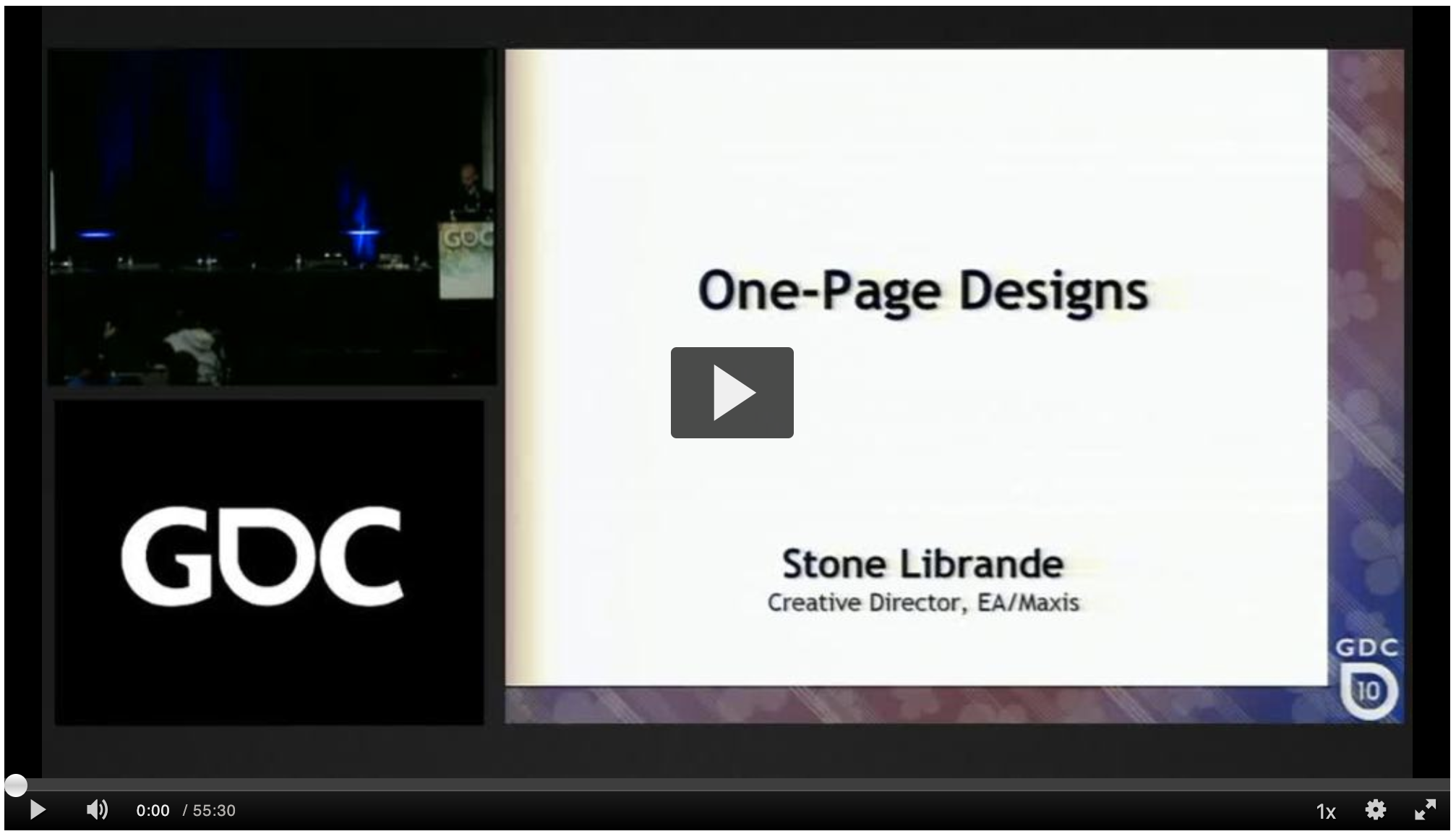The One Page Strategy Canvas
Musing on working with complex systems
There’s two threads I’ve been thinking about a lot recently that I want to connect here.
Firstly - the idea of frameworks. I just wrote 5,000 words about frameworks yesterday. Forget all the theory for a second though and imagine that there are these little condensed visual thinking machines. Useful for getting people to use the same mental model of a situation.
Secondly - the idea of presenting systems work, where complexity and multiple paths lead to a branching experience that is hard to capture in a linear “powerpoint” presentation.
Let me paint you a vignette
I just wrapped up a design sprint for a client in partnership with Toby Shorin. We were designing and prototyping a set of designs, but more ambitously a system of interactions.
Toby worked primarily in Figma - and this was a new experience for me - but I quickly adjusted to the idea of a canvas to outline, prototype and experiment with interactions, systems and multiple branching pathways through a system.
But while putting together the final client presentation something about the little white boxes of a presentation failed to convey the interesting and playful interactions within the system.
It all felt too static and final instead of a sketched set of ideas and interactions waiting to be evolved and iterated upon.
Eventually - as I went on a little roadshow presenting this work inside the client’s organization I dropped the deck entirely and switched to “presenting” the idea through figma. It was much more powerful.
But “design spaces” don’t allow for numbers and charts do they…?
Ok, so figma feels like a new fresh presentation format for me (as a strategy consultant, not a designer) but is there any portability to different kinds of work? Non-design work?
As I wrote the post yesterday on frameworks it occurs to me that each framework can be art-directed like a design concept. The layout, format, presentaion can all impact the idea. Nothing new here.
But then - for frameworks that are more numerical or chart based aren’t we back to using slide-ware? Well, maybe. Except the crucial notion of frameworks is that they’re able to travel inside an organization. They need to be able to be communicated.
Then - I found the most delightful video…
Enter One Page Designs
I found this video from Stone Librande all about “one page designs” and it’s just delightful! It’s about game design - but really I think all the concepts are about so much more. It’s about how to communciate about complex systems
I really encouarage you to watch the whole thing - takes a few mins to gain momentum but it’s truly excellent:
It shows this kind of thing which are totally frameworks!



And then shows how to put the whole system on one page as a physical printed poster the whole team references:

The gist of it is this tension:

If you maintain a system as a wiki-like object then you gain exhaustive detail but it becomes a rarely referenced complete object (people might reference parts of it often but not the whole thing).
If you maintain a one-page-design poster object then you gain a visual overview of an entire system that is referenced daily by the whole team (by virtue of being on the wall).
Nothing new for design teams
There’s nothing new or revolutionary about printing out work and putting it on the wall. Design teams have been working this way for a long time. But in my work (which is lots of things but rarely design) printing things and putting things on the wall is a mostly forgotten discipline.
I first encounted this during my time working at the Google Creative Lab which was kind of famous within Google for it’s hallway of work where foam boards 10 feet high lined the walls with projects pinned up on the wall.
In a later presentation Stone Librande actually explores this by extending the idea of a one page design to a one wall design:

And later a one hall design (this is a lot like what the Google Creative Lab used to look like):

Where next?
Leaving the Creative Lab (2013ish) I was disenchanted by the lack of rigor to the strategy work - almost everything pinned to a wall was a design. This made incredibly beautiful work and certainly walking through that hallway every day was inspiring - except so little of that work made it out into the rest of the organization. So many ideas fell flat because of a lack of business rigor or practical articulation.
But as the arc of my own work bends back towards letting visuals creep back in (see my frameworks post from yesterday) and as I consider working spaces like Figma, but embedded not just with design but framework and models I start to get excited.
Where to next?
Maybe, just maybe, the mantra for 2020 is going to be posters not powerpoint.
I’d encourage you to watch the video and I’d love to hear how this relates to your work.
August 22, 2025
June 27, 2025
Google is Grounded and Needs to Learn How to Soar
March 21, 2025
This post was written by Tom Critchlow - blogger and independent consultant. Subscribe to join my occassional newsletter:
